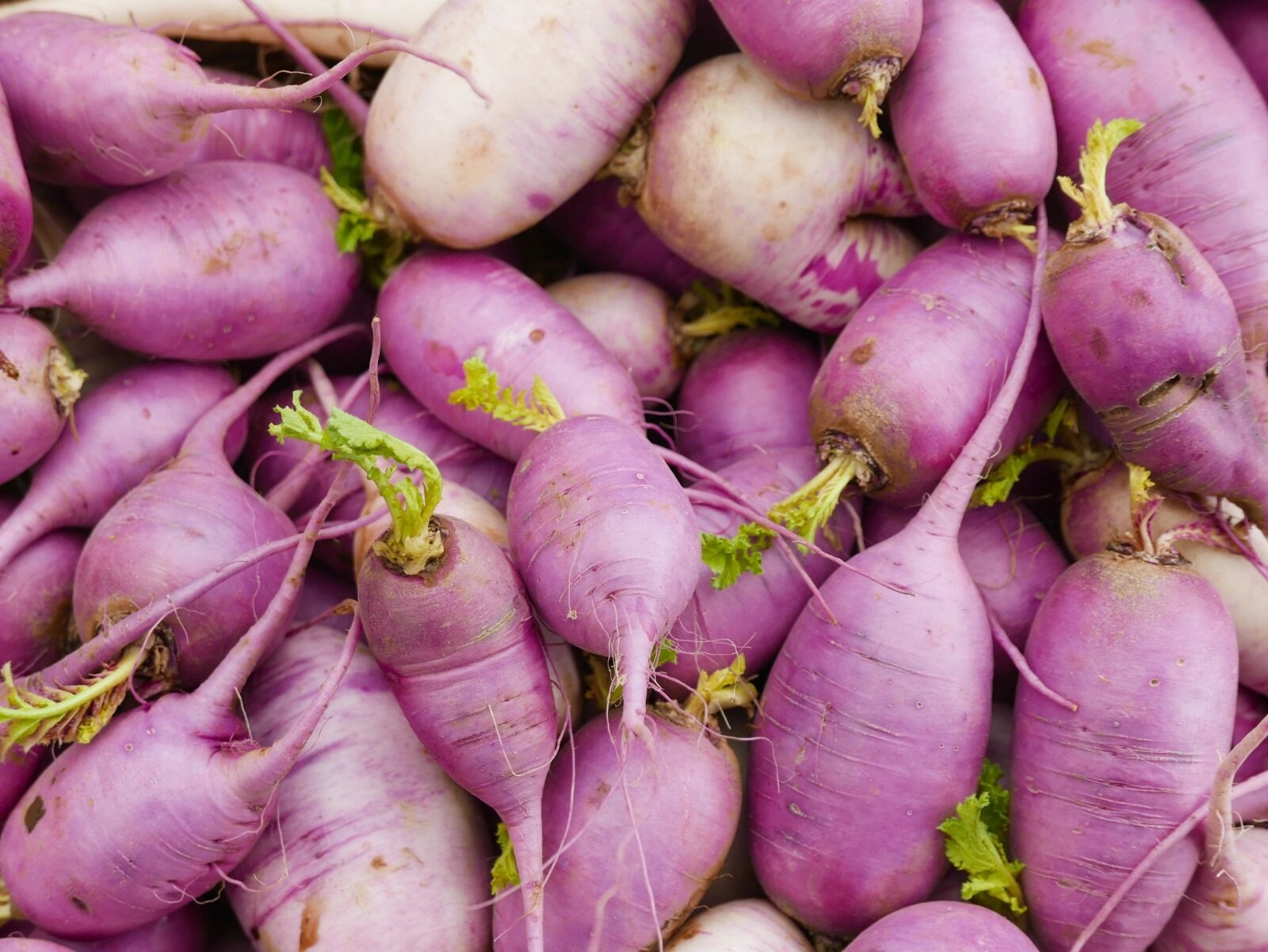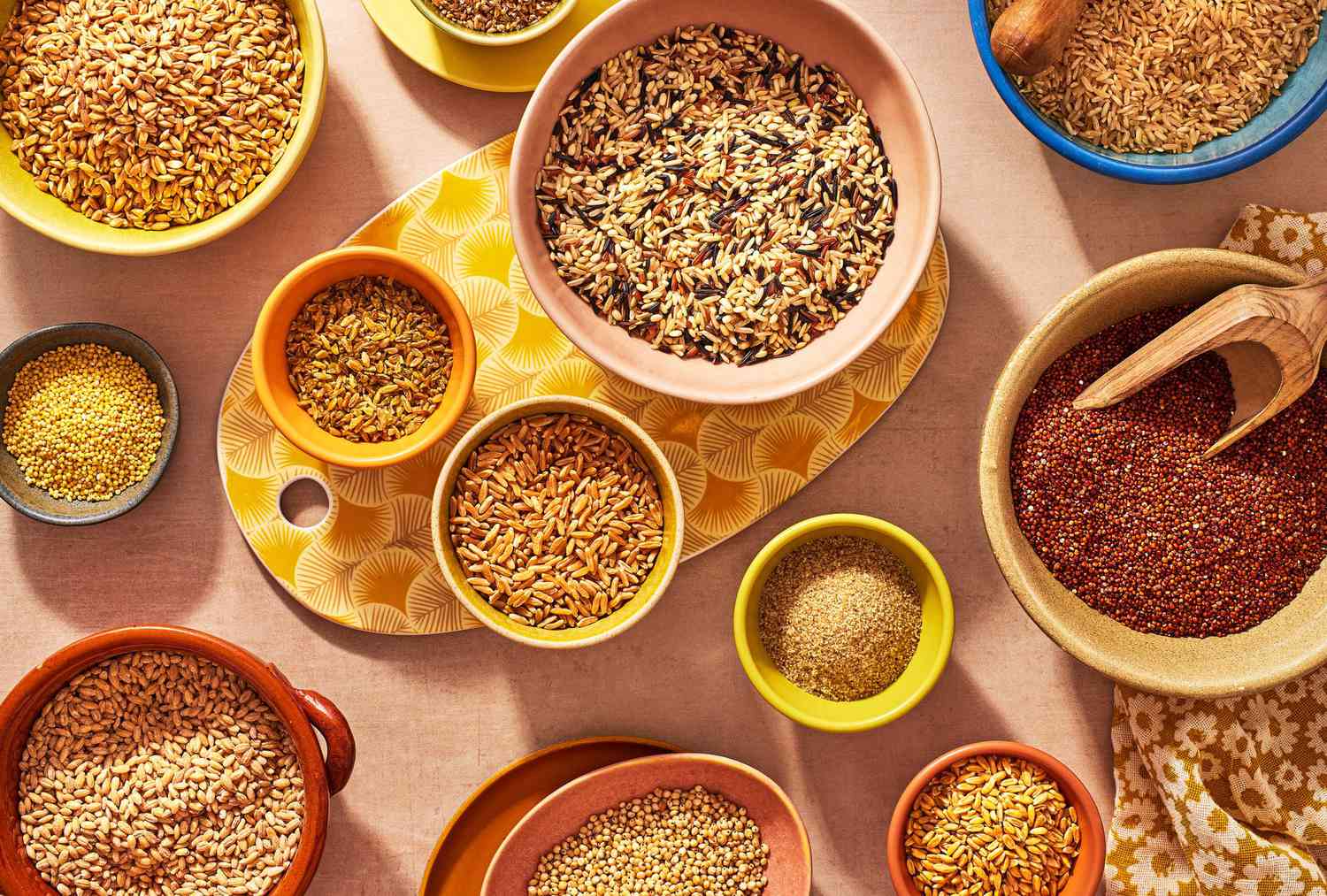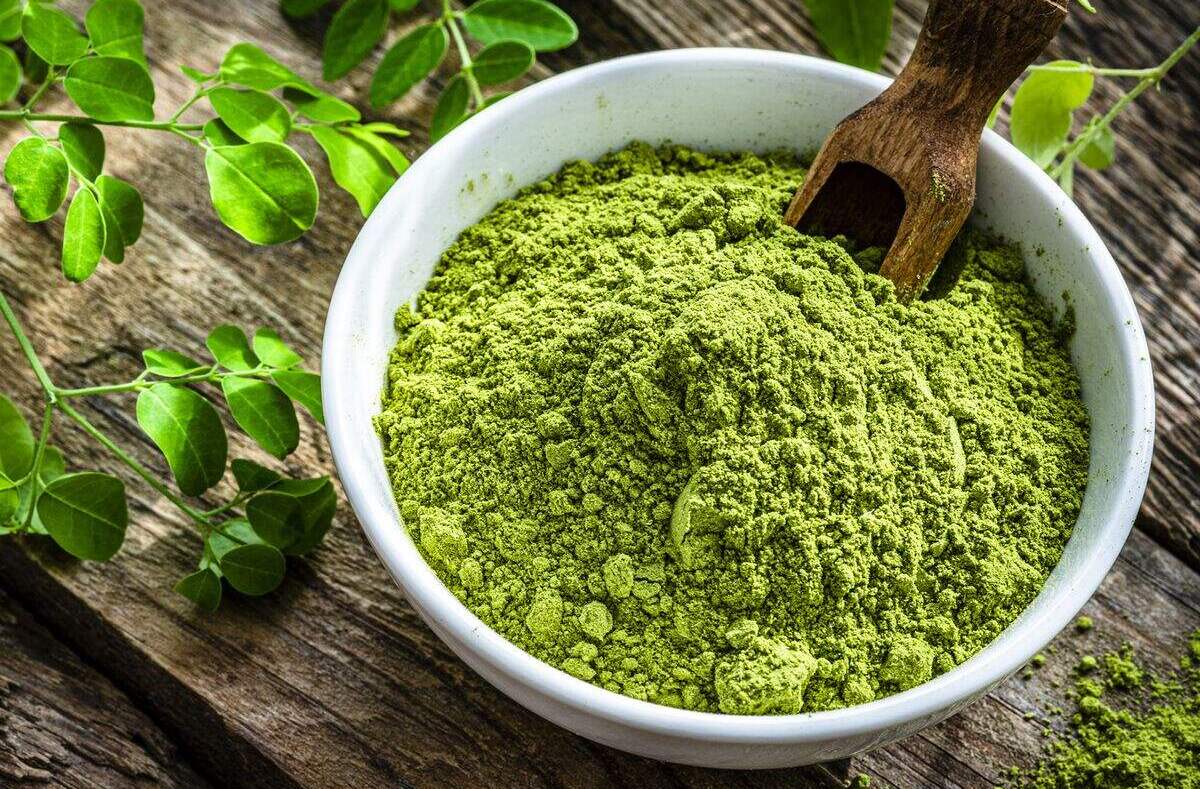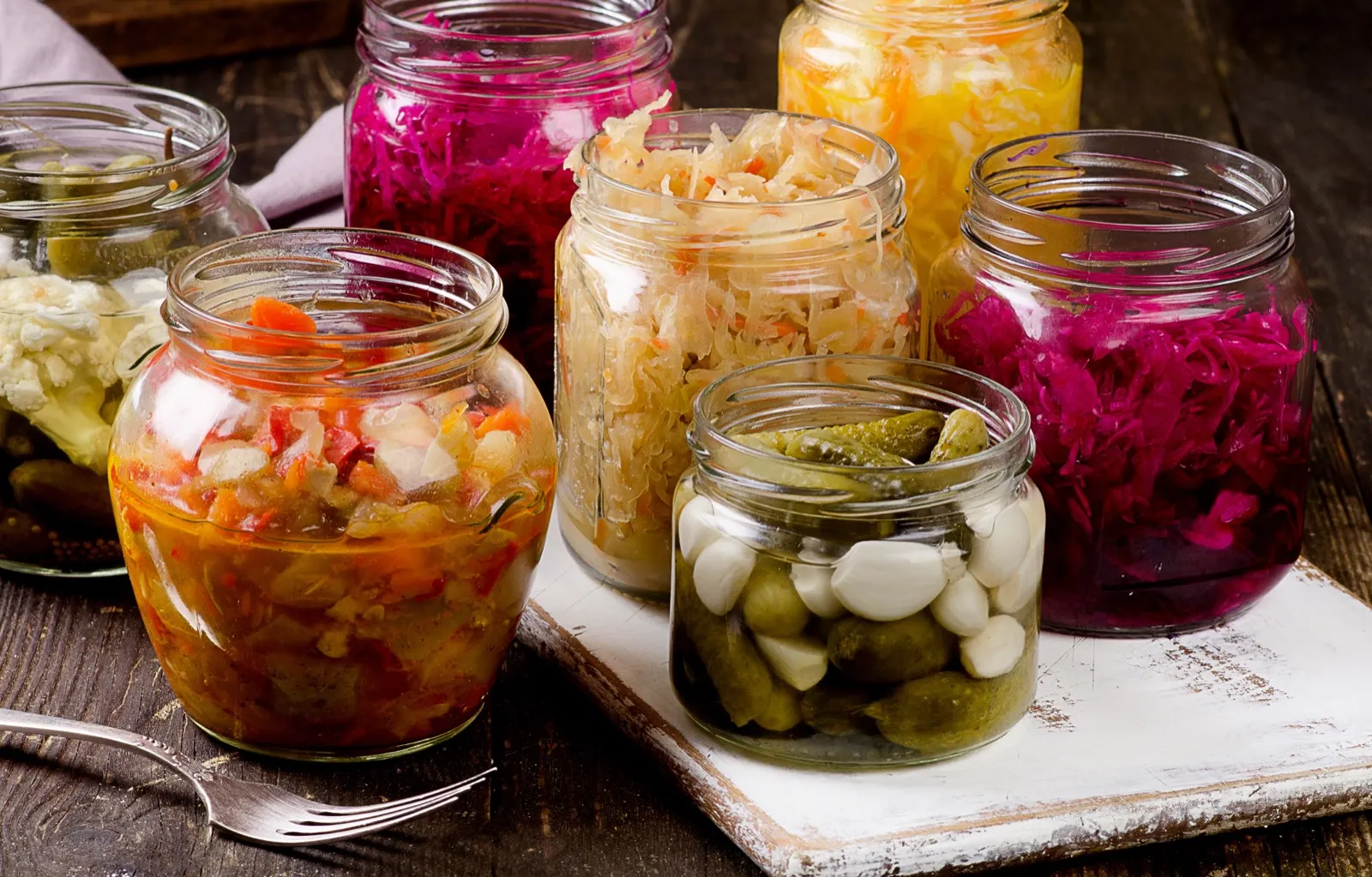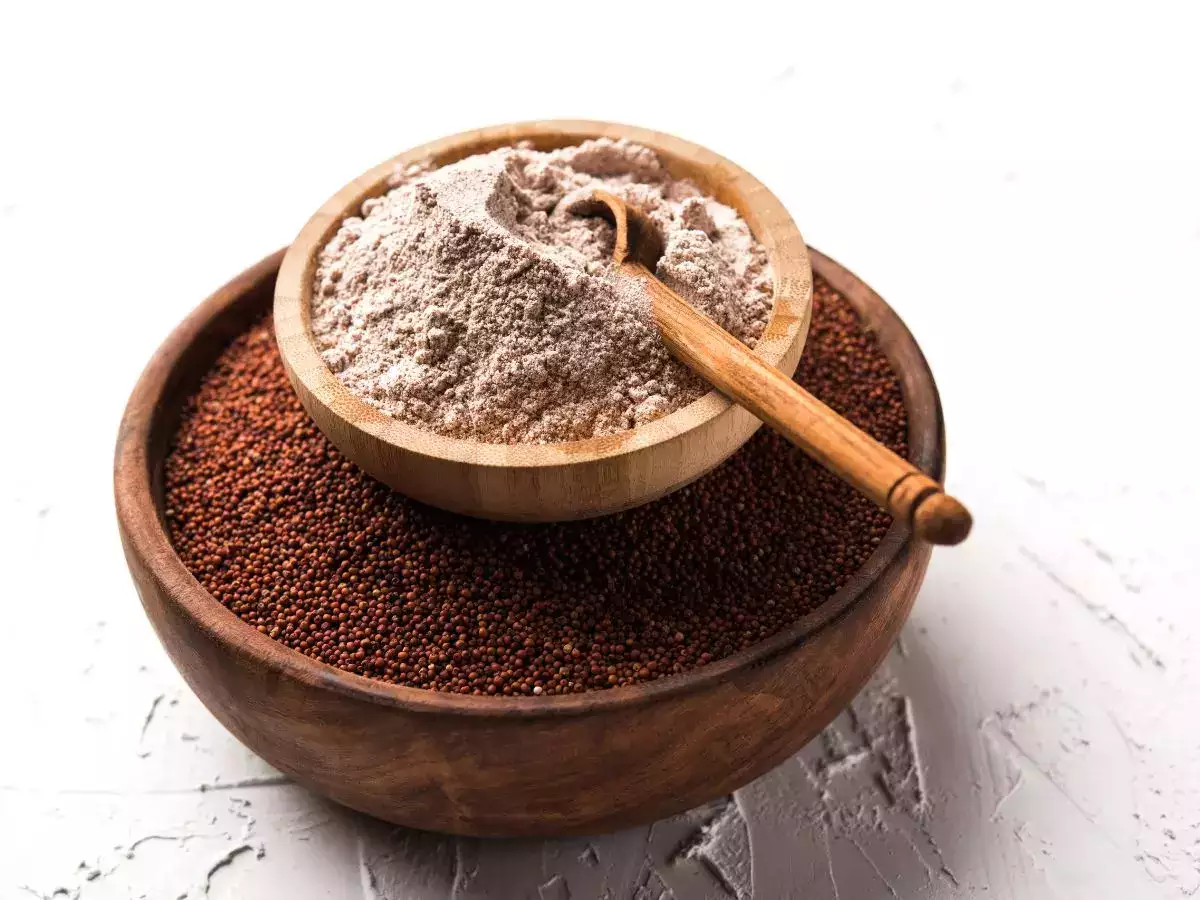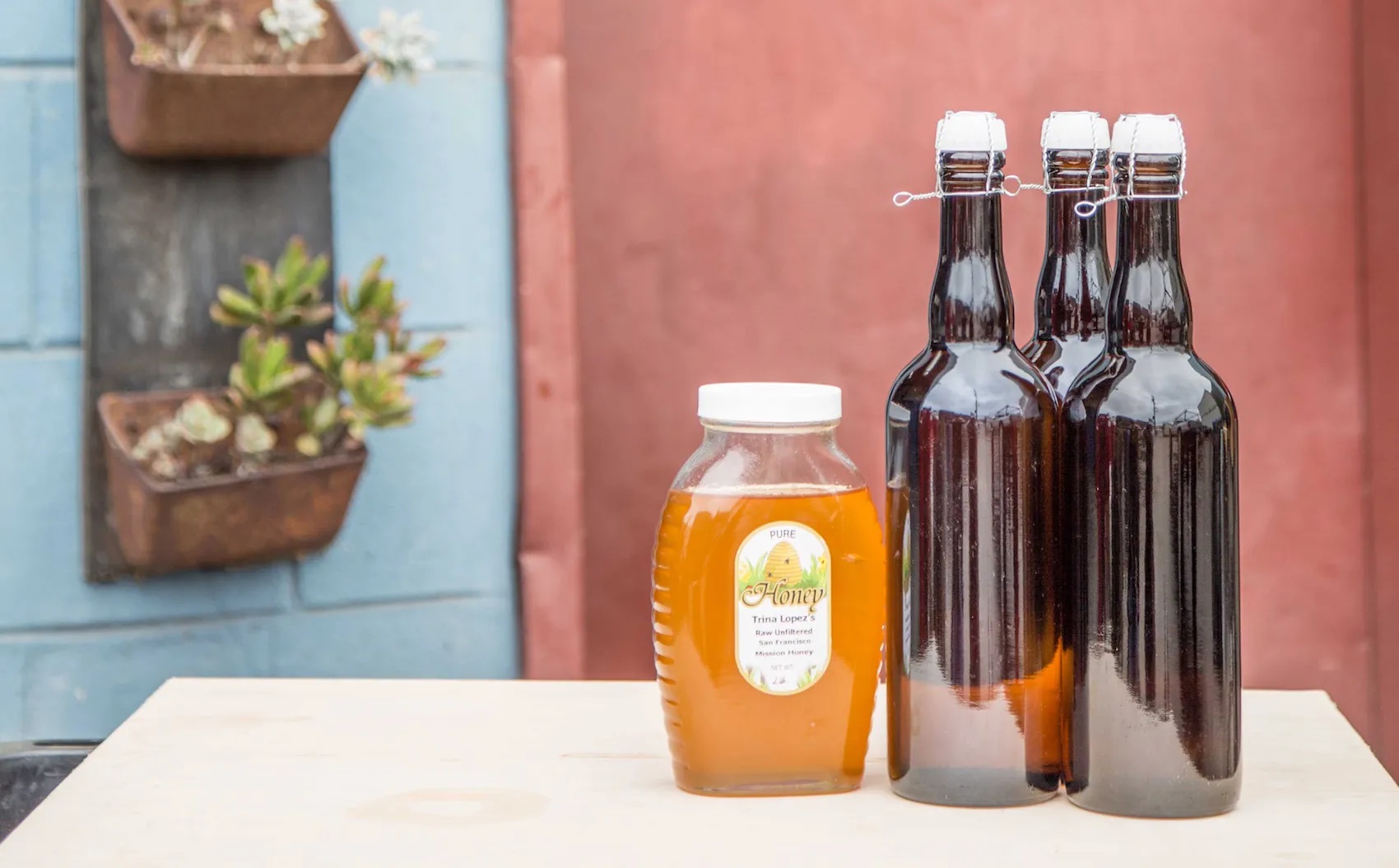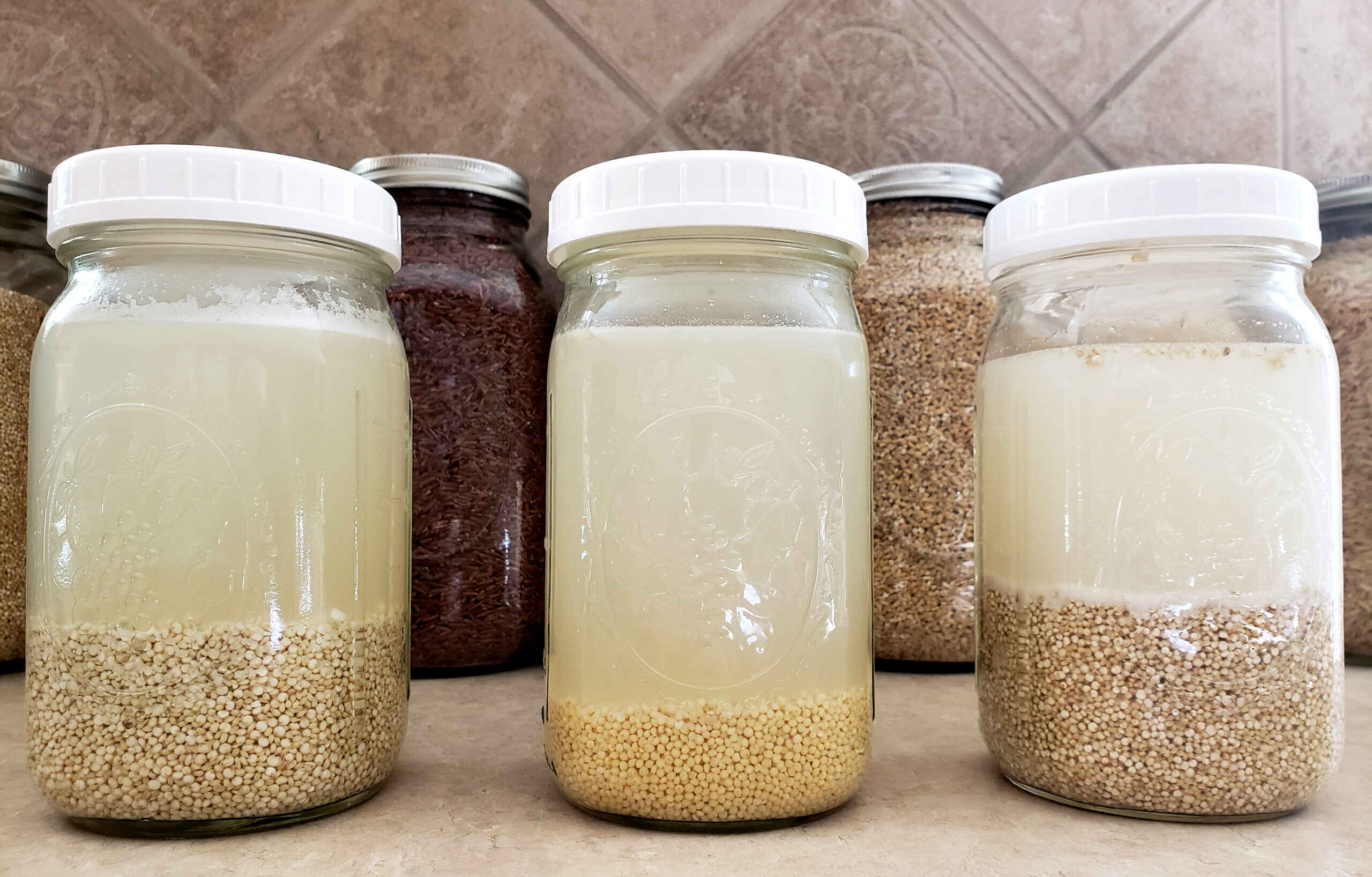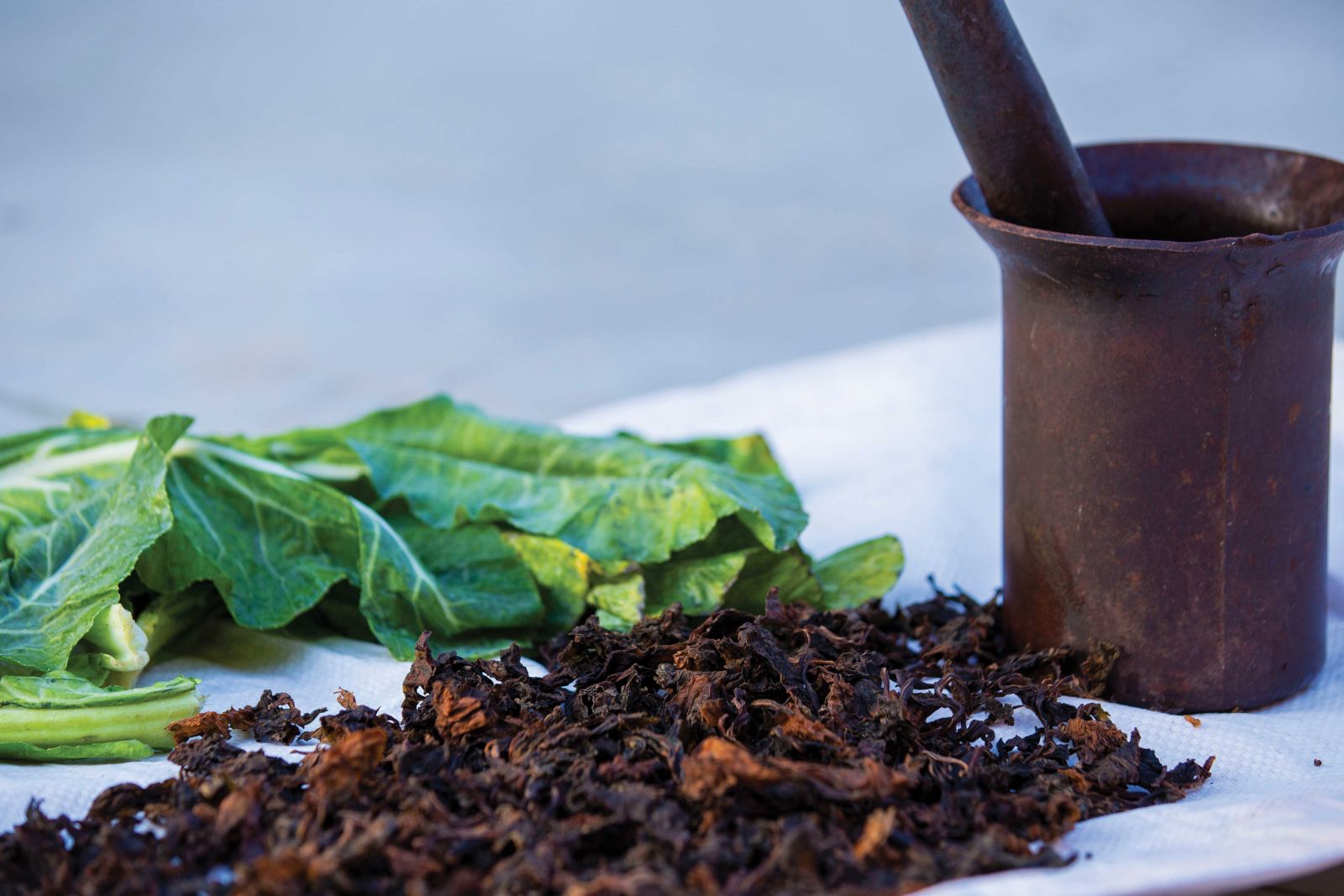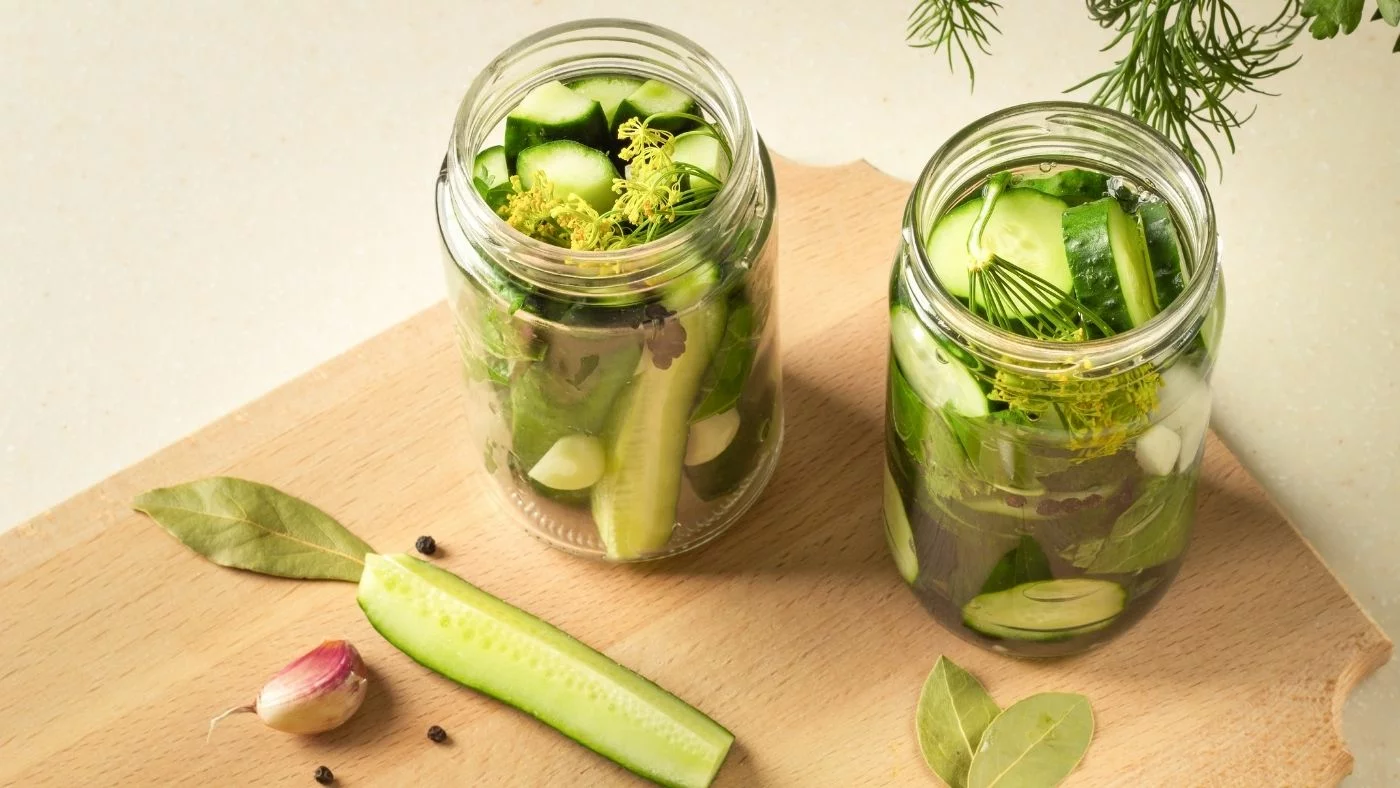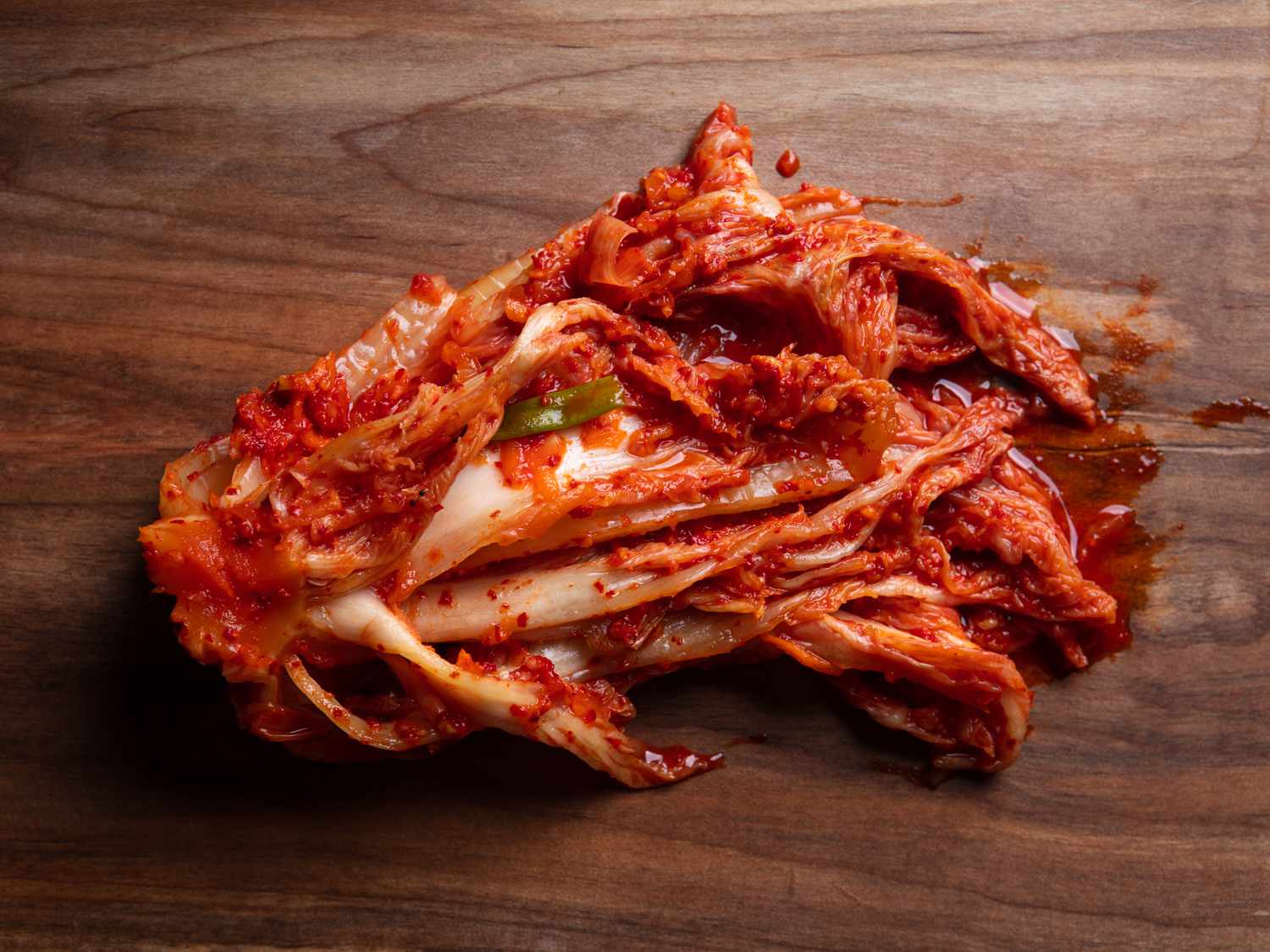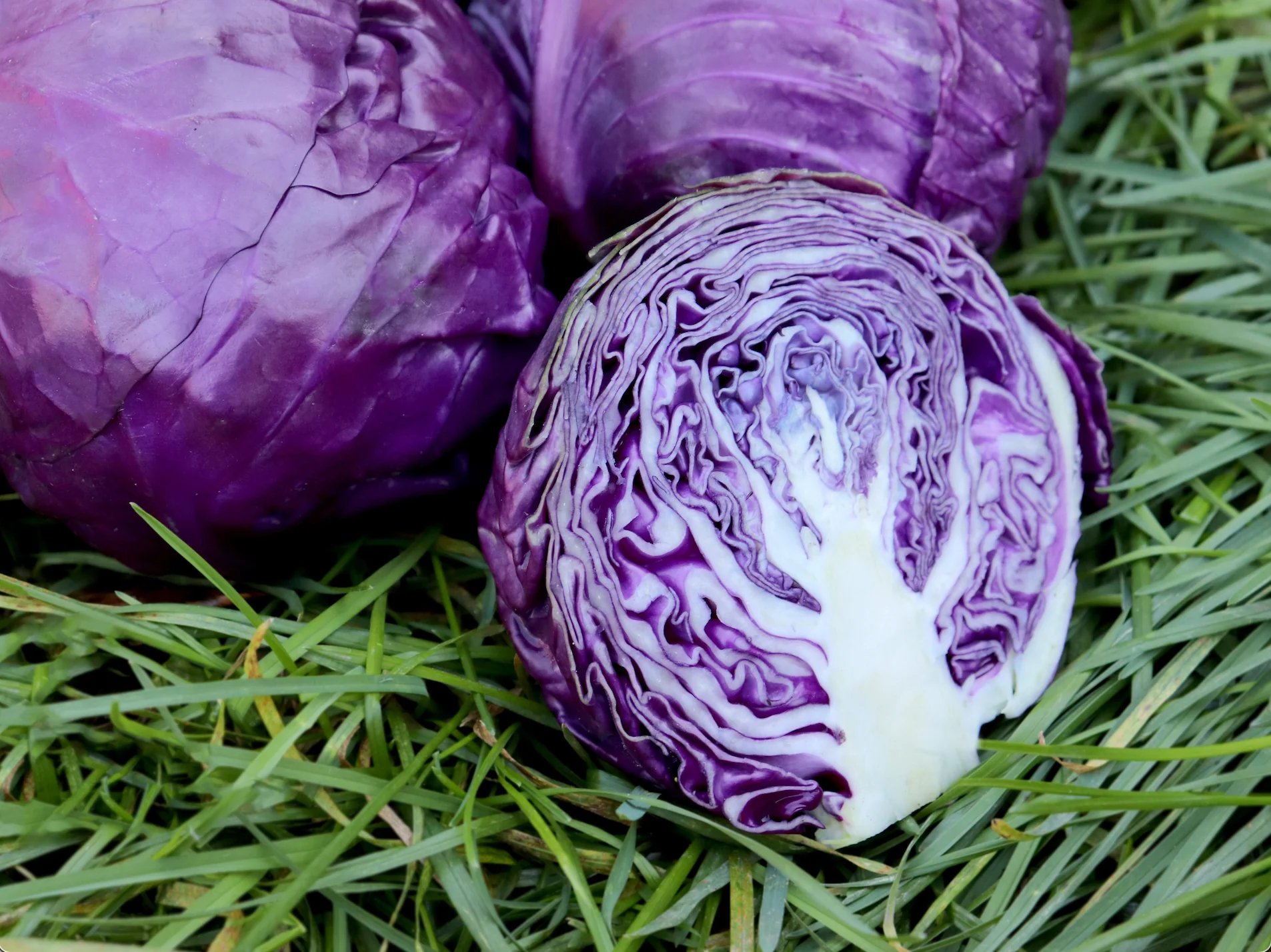Discover the Art of Fermenting Cabbage in a Mason Jar
Welcome to the wonderful world of fermentation! If you’re a fan of tangy, crunchy, and probiotic-rich foods, then learning how to ferment cabbage in a mason jar is a skill you’ll want to master. Not only is it a simple and cost-effective way to preserve your cabbage, but it also yields a delicious and nutritious result that can be enjoyed in a variety of dishes. So, roll up your sleeves and get ready to embark on a fermentation adventure!
Why Ferment Cabbage?
Before we dive into the nitty-gritty of fermenting cabbage, let’s take a moment to understand why this process is so popular. Fermentation not only extends the shelf life of foods but also enhances their nutritional value. When cabbage undergoes fermentation, beneficial bacteria, such as Lactobacillus, break down the sugars in the cabbage and produce lactic acid. This not only gives the cabbage its characteristic tangy flavor but also creates an environment that is inhospitable to harmful bacteria while promoting the growth of beneficial probiotics.
What You’ll Need
Before you get started, gather the following supplies:
- A head of organic cabbage
- Sea salt or kosher salt
- A mason jar
- A sharp knife or mandoline
- A mixing bowl
- A clean cloth or coffee filter
- A rubber band
The Fermentation Process
Now that you have your supplies ready, it’s time to start fermenting!
- Begin by removing the outer leaves of the cabbage and setting them aside.
- Using a sharp knife or mandoline, thinly slice the cabbage, discarding the core.
- Place the sliced cabbage in a mixing bowl and sprinkle it with 1-2 tablespoons of sea salt or kosher salt.
- Massage the salt into the cabbage for 5-10 minutes until it starts to release its liquid and becomes wilted.
- Transfer the cabbage and any liquid it has released into the mason jar, packing it down tightly with a spoon or your hands.
- Place one of the reserved cabbage leaves on top of the shredded cabbage to act as a barrier.
- Place a clean cloth or coffee filter over the mouth of the mason jar and secure it with a rubber band.
- Allow the cabbage to ferment at room temperature, away from direct sunlight, for 1-2 weeks, depending on your taste preferences.
- Check the cabbage every few days, pressing it down if it has risen above the liquid. If any mold has formed on the surface, simply skim it off.
- Once the cabbage reaches your desired level of tanginess, remove the cloth and cabbage leaf, and seal the jar with a lid before transferring it to the refrigerator.
Enjoying Your Fermented Cabbage
Now that your cabbage has completed its fermentation journey, it’s time to reap the rewards of your patience and effort. Enjoy your homemade sauerkraut as a zesty topping for hot dogs, a flavorful addition to sandwiches, or a tangy side dish alongside your favorite meals. Not only does it add a burst of flavor to your dishes, but it also introduces beneficial probiotics to support your gut health.
So, there you have it – a simple yet rewarding process for fermenting cabbage in a mason jar. Experiment with different seasonings and additions, such as caraway seeds or shredded carrots, to customize your fermented cabbage to suit your taste preferences. With a bit of practice, you’ll soon become a fermentation pro, impressing your friends and family with your homemade probiotic creations. Happy fermenting!
Was this page helpful?
Read Next: How To Ferment Green Olives
